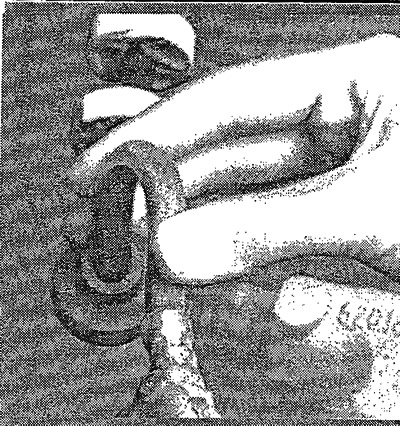Clean the brake lines with a chemical cleaner.
Attention: The brake pipes are coated with a special protective composition to protect against corrosion. If the layer of this composition is damaged, this can lead to corrosion of the tubes. For this reason, the tubes must not be cleaned with a wire brush, sandpaper or a screwdriver.
Illuminate the pipes from the master brake cylinder to the wheel brake cylinders and check their condition. The master brake cylinder is located in the engine compartment under the brake fluid reservoir.
In the presence of anti-lock brakes, the pipes of the master brake cylinder go to the hydraulic unit, and from it to the brakes of the individual wheels. There must be no traces of brake fluid on the hydraulic unit.
Brake pipes must not be twisted or flattened. They should not have any signs of rust or chafing. If there is damage, the tube section must be replaced.
Brake hoses connect the brake pipes to the brake wheel cylinders. They are made of a transparent material that can become porous over time, crack, or be damaged by sharp objects. In such cases, the hose must be replaced.

Bend the hose back and forth by hand to check for damage. The hoses must not be twisted and therefore the colored strip must be observed.
Turn the steering wheel left and right as far as it will go. In this case, the brake hoses must not touch other parts of the car.
The joints of brake pipes and hoses must not be wet from escaping brake fluid.
Attention: If the reservoir and gaskets are wet due to escaping brake fluid, this does not necessarily indicate a malfunction of the brake master cylinder. Moreover, fluid can escape through the vent in the canister lid or through the lid seal.
Lower the car.
With the vehicle stationary, turn the steering wheel again to the left and right as far as it will go. And in this case, the brake hoses, in any position, should not touch other parts of the car.
